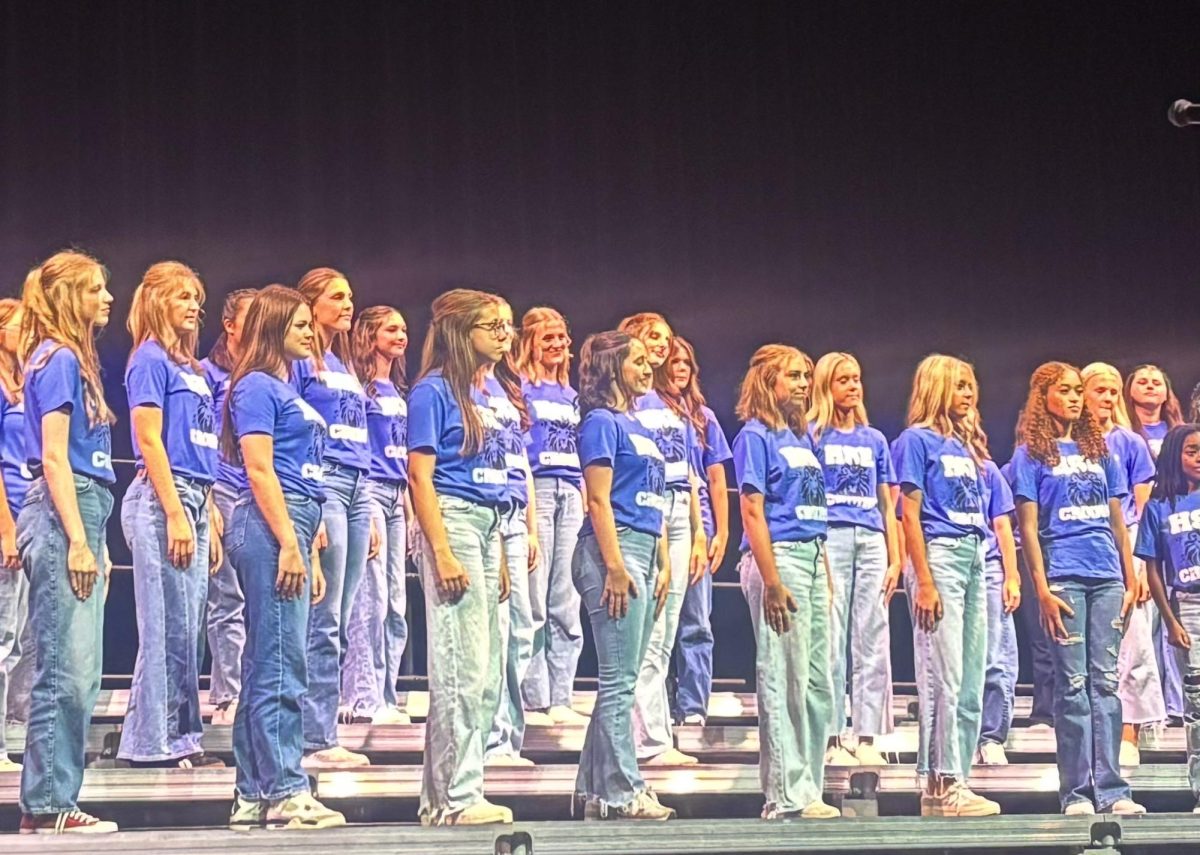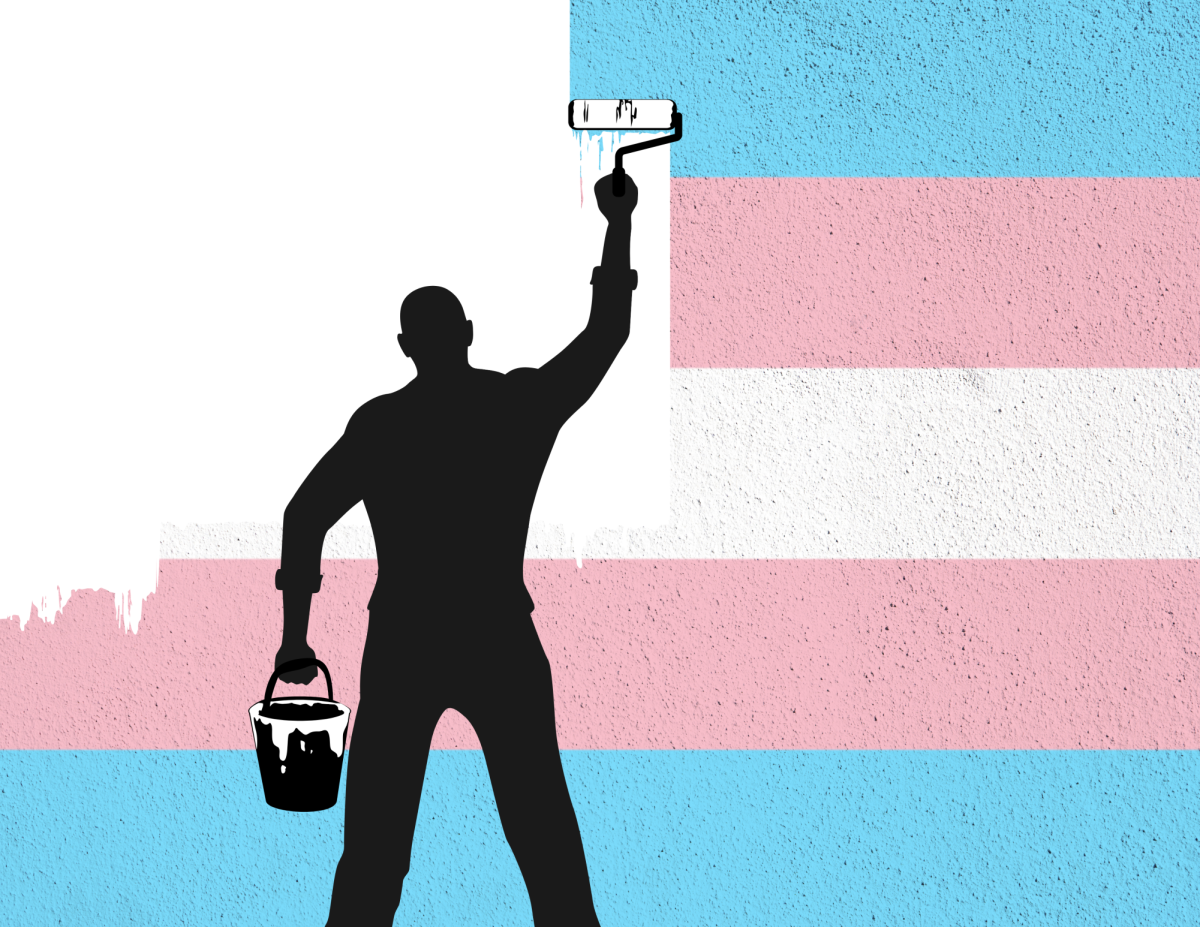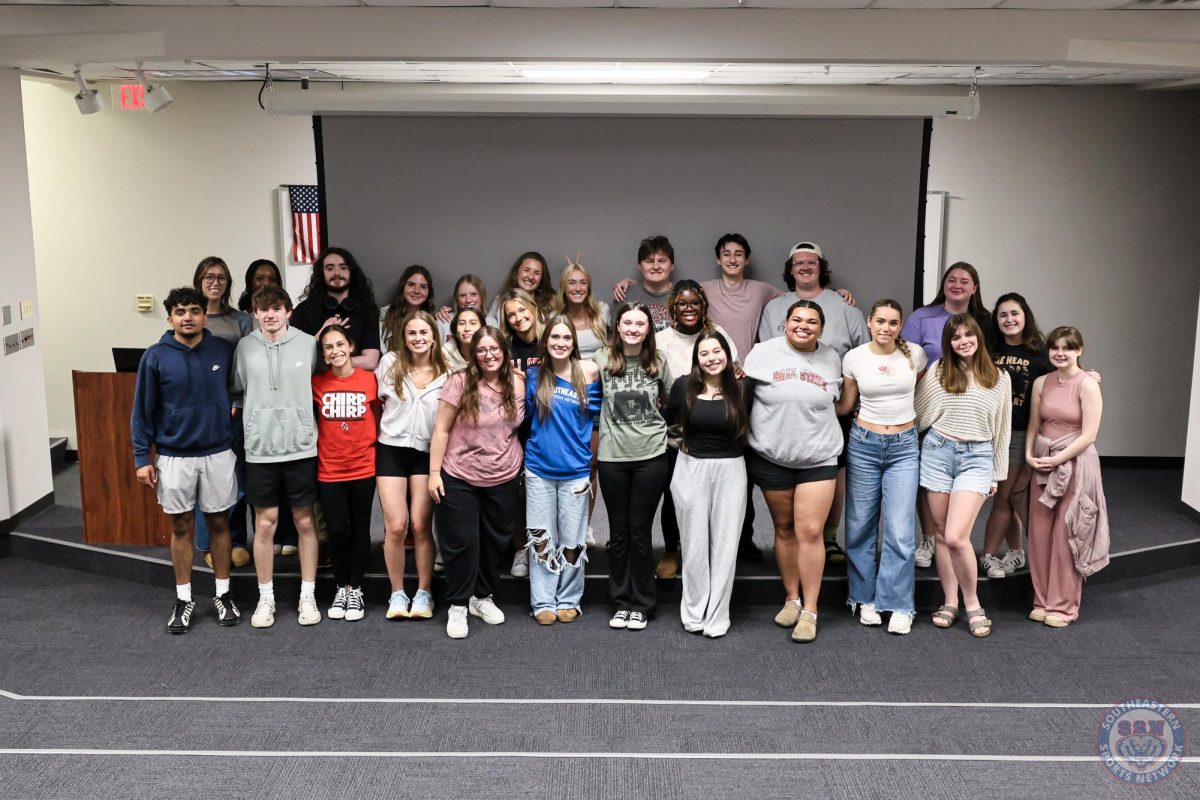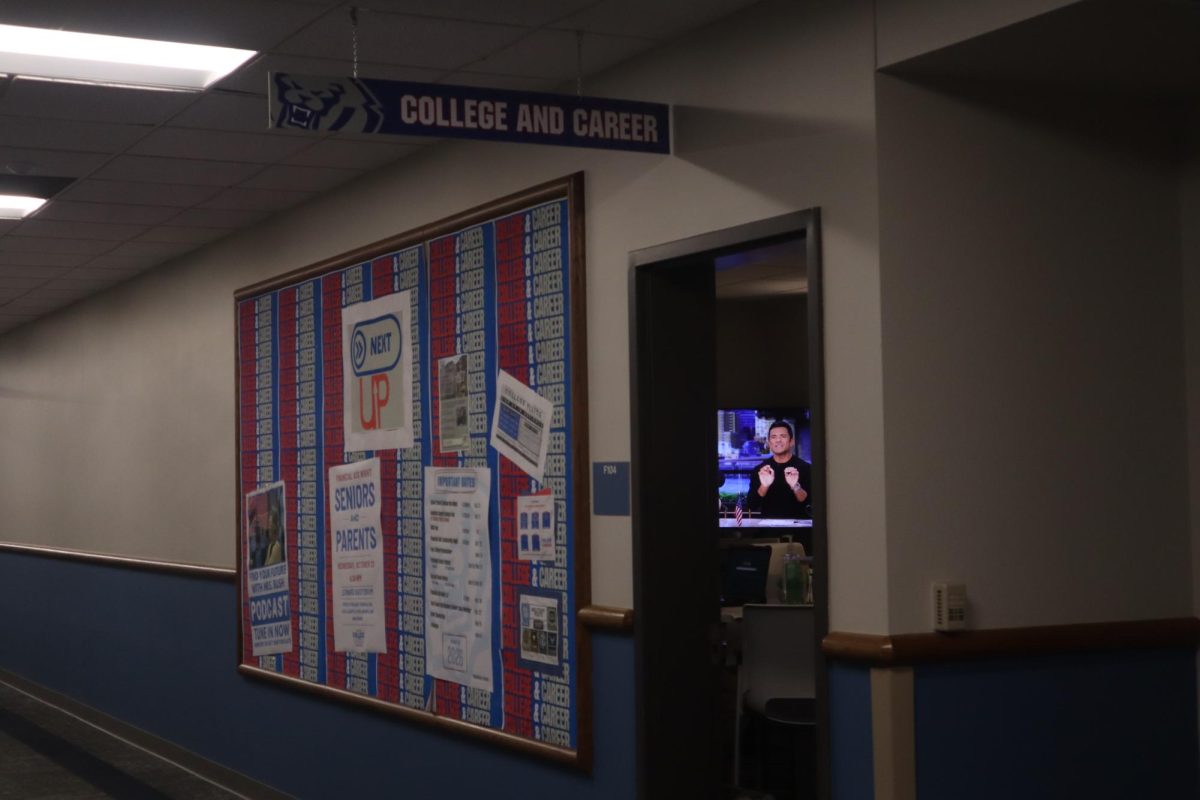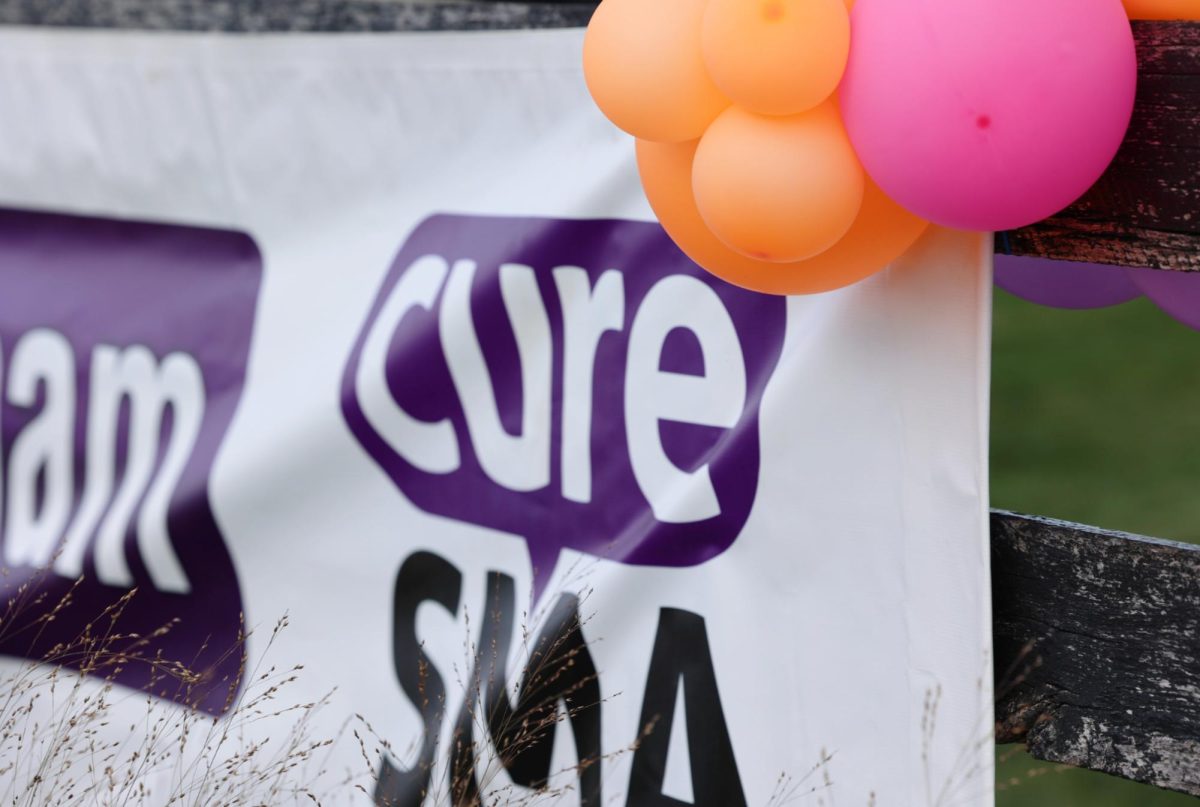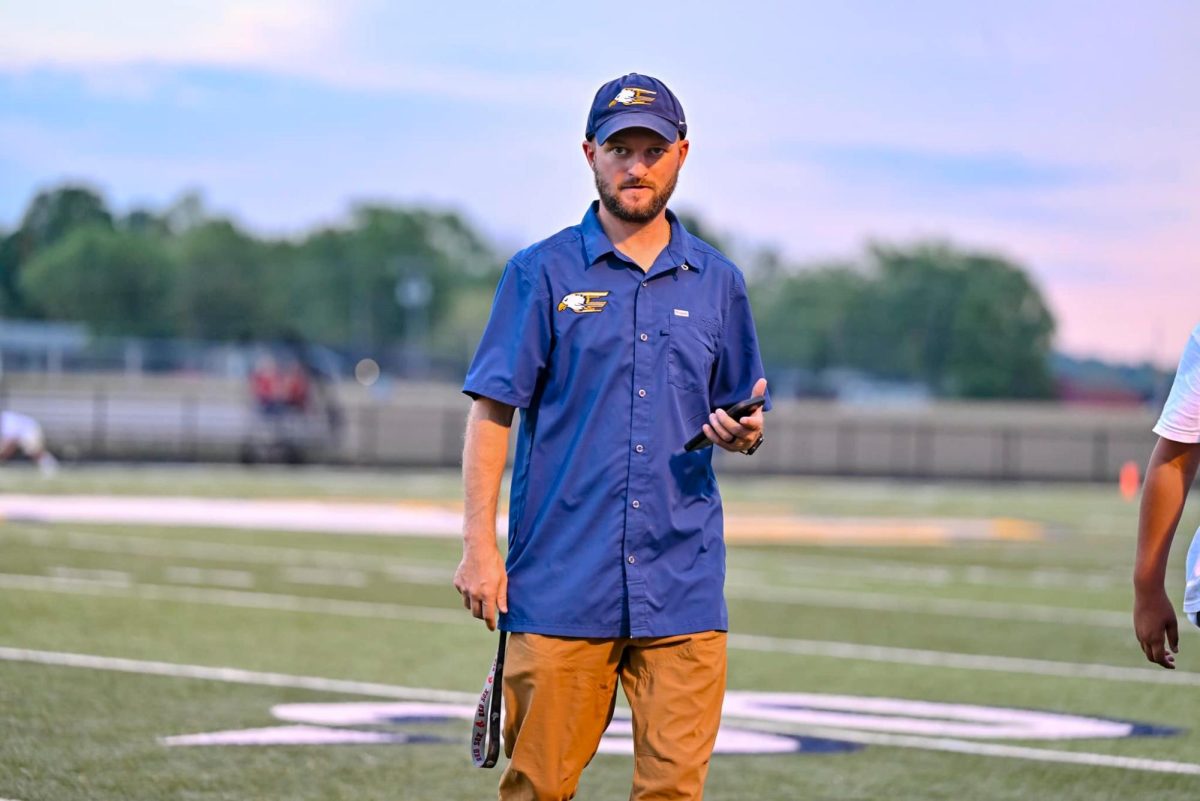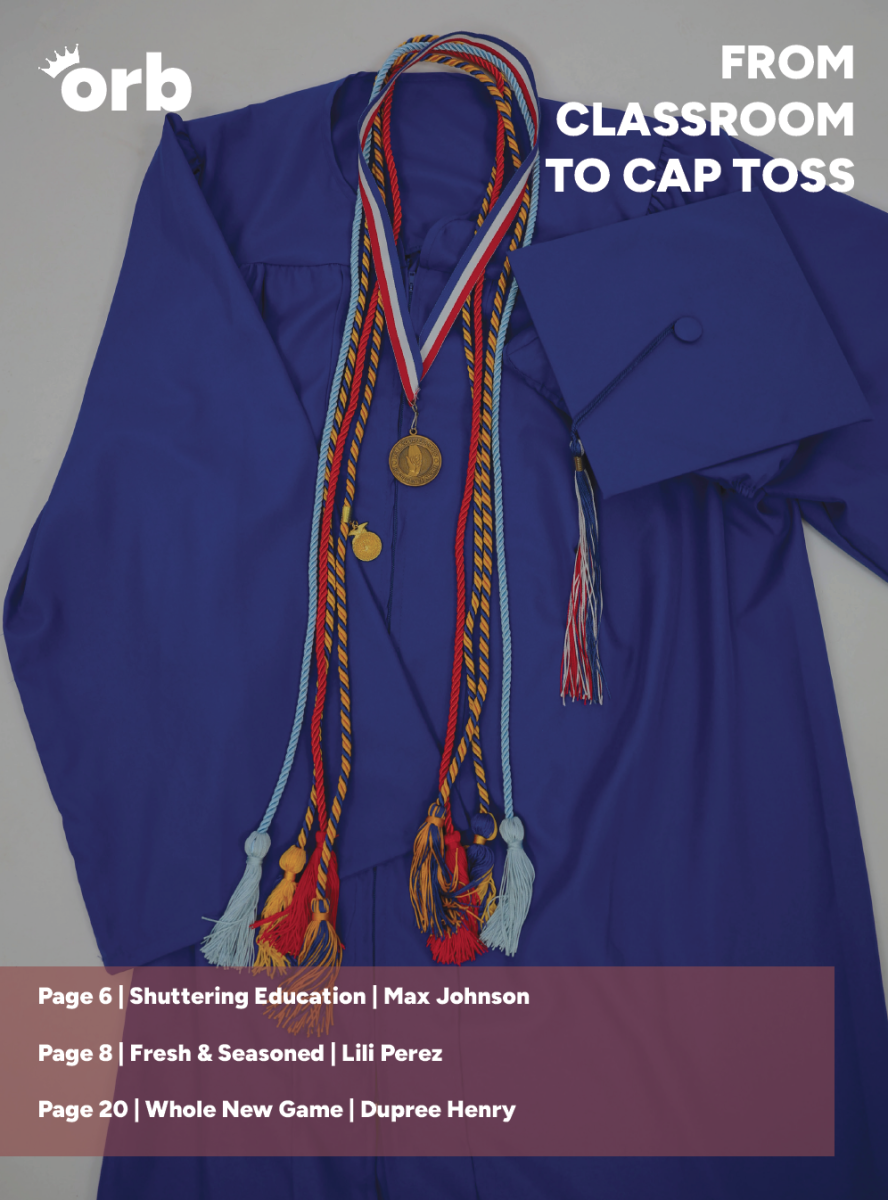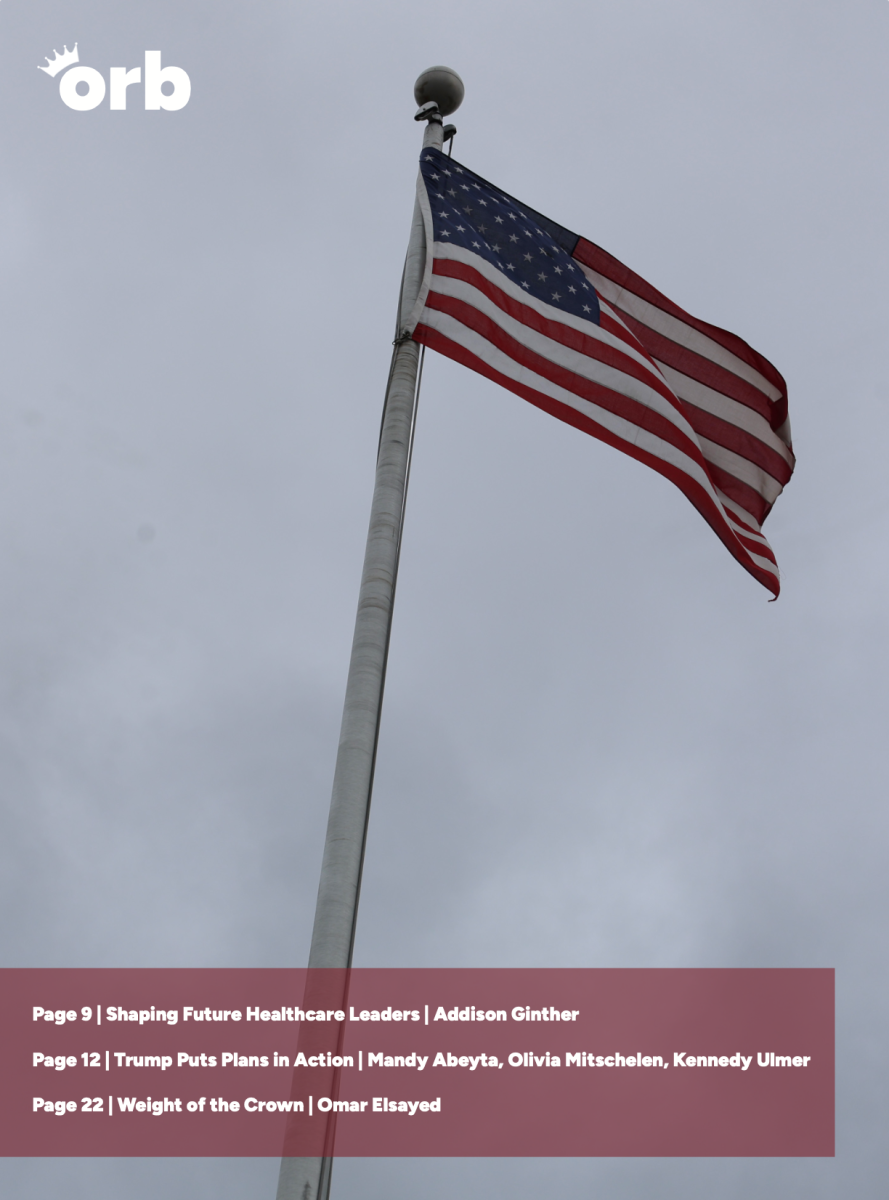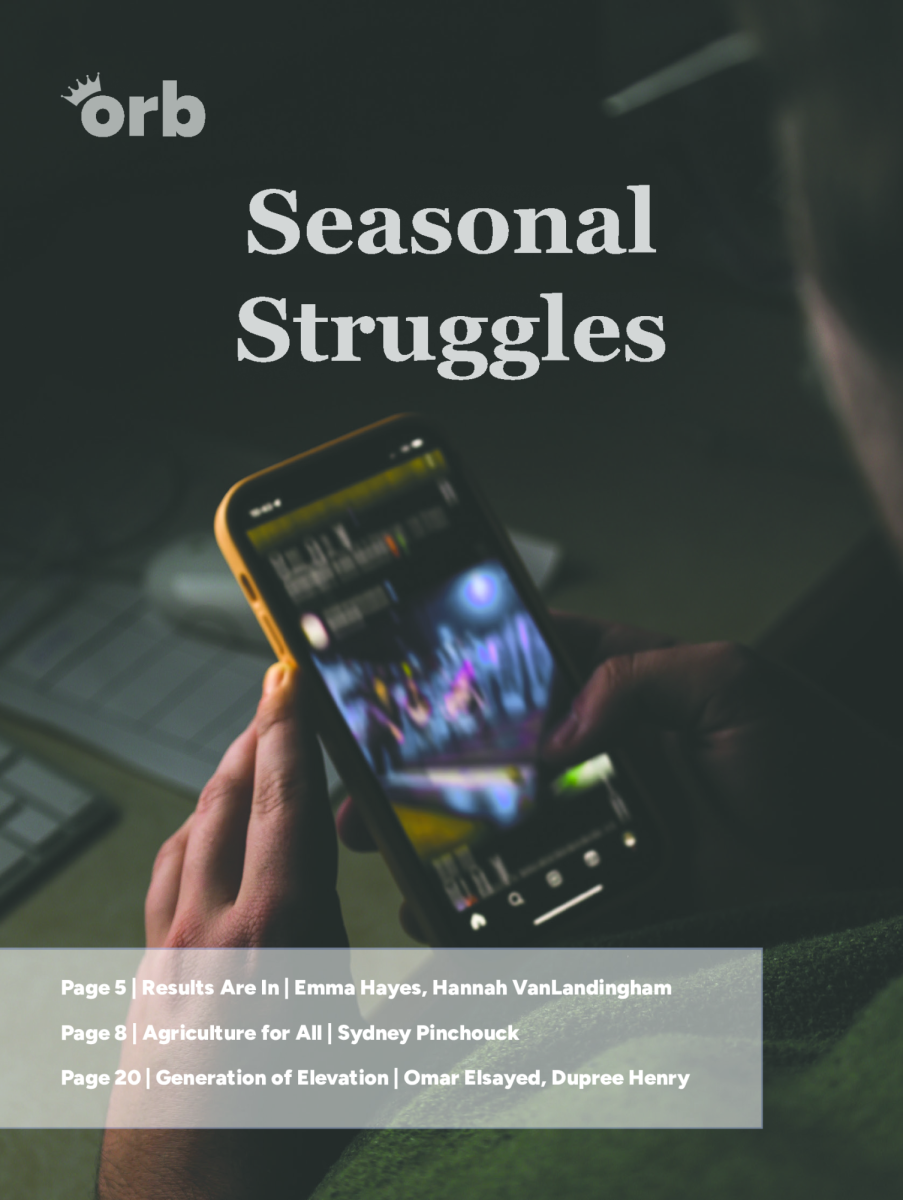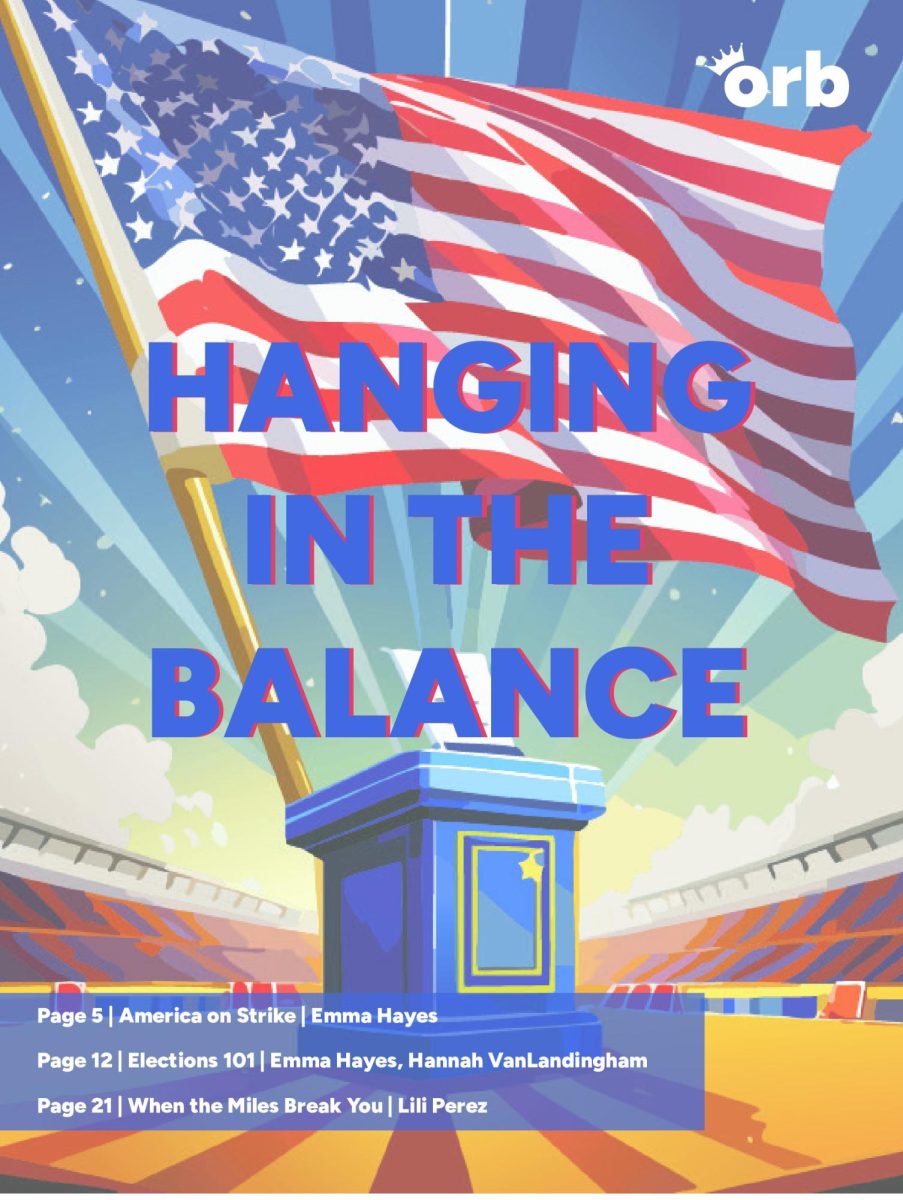Modern Day Campus: The Reality of Sexual Assault
Sexual Assaults on Indiana College Campuses
November 14, 2022
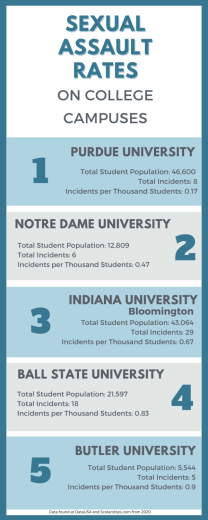
As some seniors are deciding where they are going to attend university next fall, they may be thinking about location, tuition and roommates. Something that may not be on their mind is safety. It is time to take a closer look at that last requirement, specifically in terms of sexual assaults that happen on campus. This will look at data from Ball State, Butler, Purdue, Notre Dame and Indiana Universities, analyzing total instances, instance per thousand, as well as a comparison to non-students of the same age group.
The figure to the left demonstrates the university’s rankings when compared to one another, going from safest to least safe.
University is not the only contributing factor. Depending on a person’s sex, there is a major difference in risk from college-aged (18-24) students and college-aged non-students. The Rape, Abuse, and Incest National Network reported the following about students and non-students of college age. Female college-aged students are three times more likely to experience sexual violence compared to all women. Meanwhile, female non-students of college age are four times more likely to experience sexual violence when compared to all women. This means that female college students are about 20% less likely to experience sexual violence compared to female non-students of the same age. However, male college-aged students are five times more likely to experience sexual violence when compared to male non-students of the same age. Even timing during the school year may contribute to the risk level, as more than 50% of sexual assaults on campus occur during the first semester of the school year.
The numbers aren’t the end of the story. Something people often forget is that they are only a fraction of what people experience. For every 1,000 instances of sexual assault, only 310 are reported, only 50 lead to an arrest, and even fewer lead to incarceration. Harmful after-effects are also very common. Those who have been a victim of sexual assault often experience symptoms of Post-Traumatic Stress Disorder, are at least three times more likely to use major drugs and have sometimes reported contemplating or attempting suicide.
When students, parents or advisers overlook the very crucial requirement that is safety, it leaves gaps in the decision-making process and provides the opportunity for students to be placed in extremely dangerous situations. These situations have many long-term consequences and can greatly harm people. As seniors gear up for university next fall, it is time to consider safety as a non-negotiable.
If you are a survivor of sexual assault and need help, please contact resources near you:
National Sexual Assault Hotline: 800-656-4673

